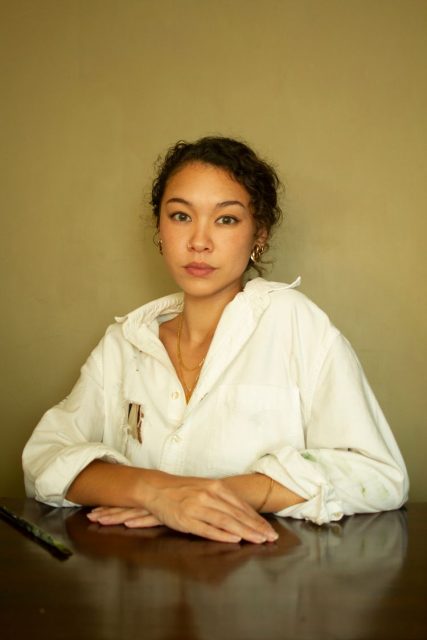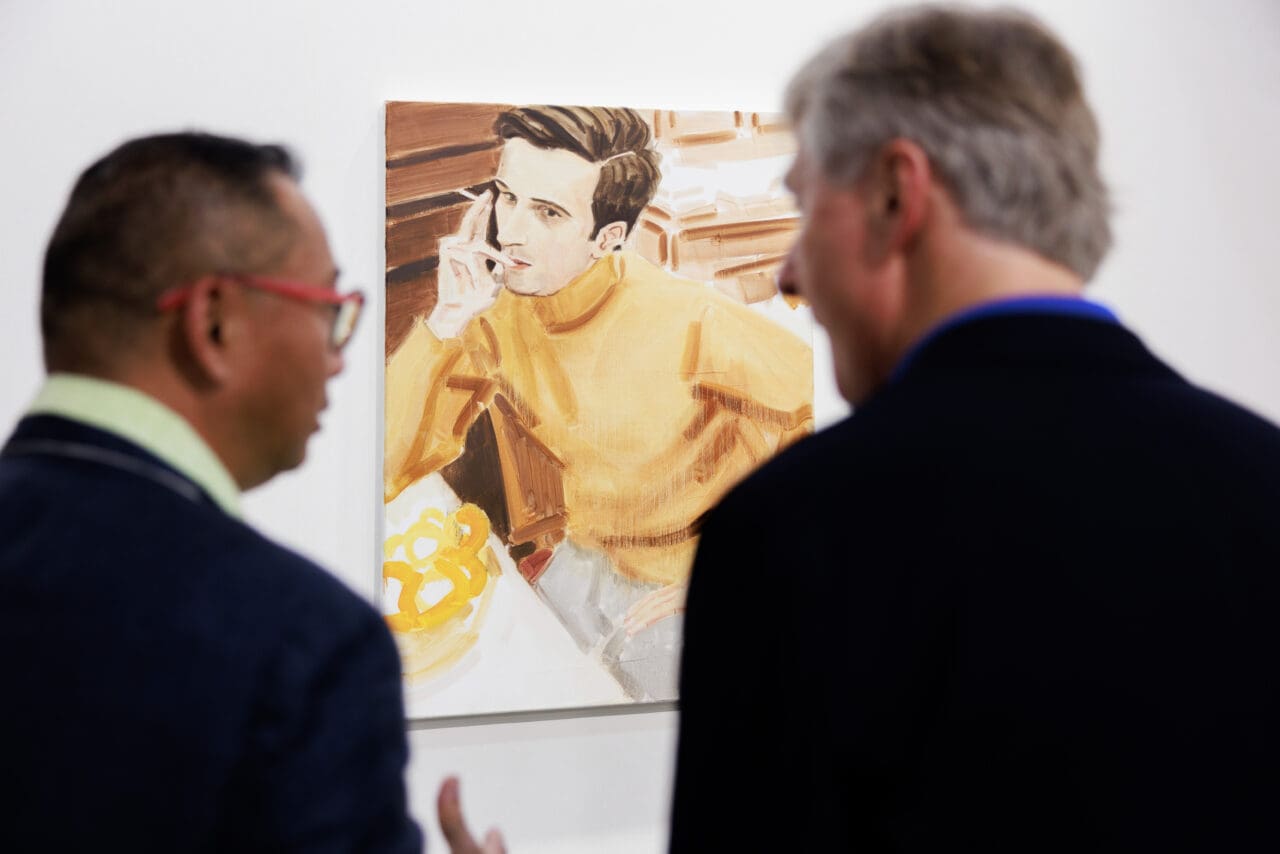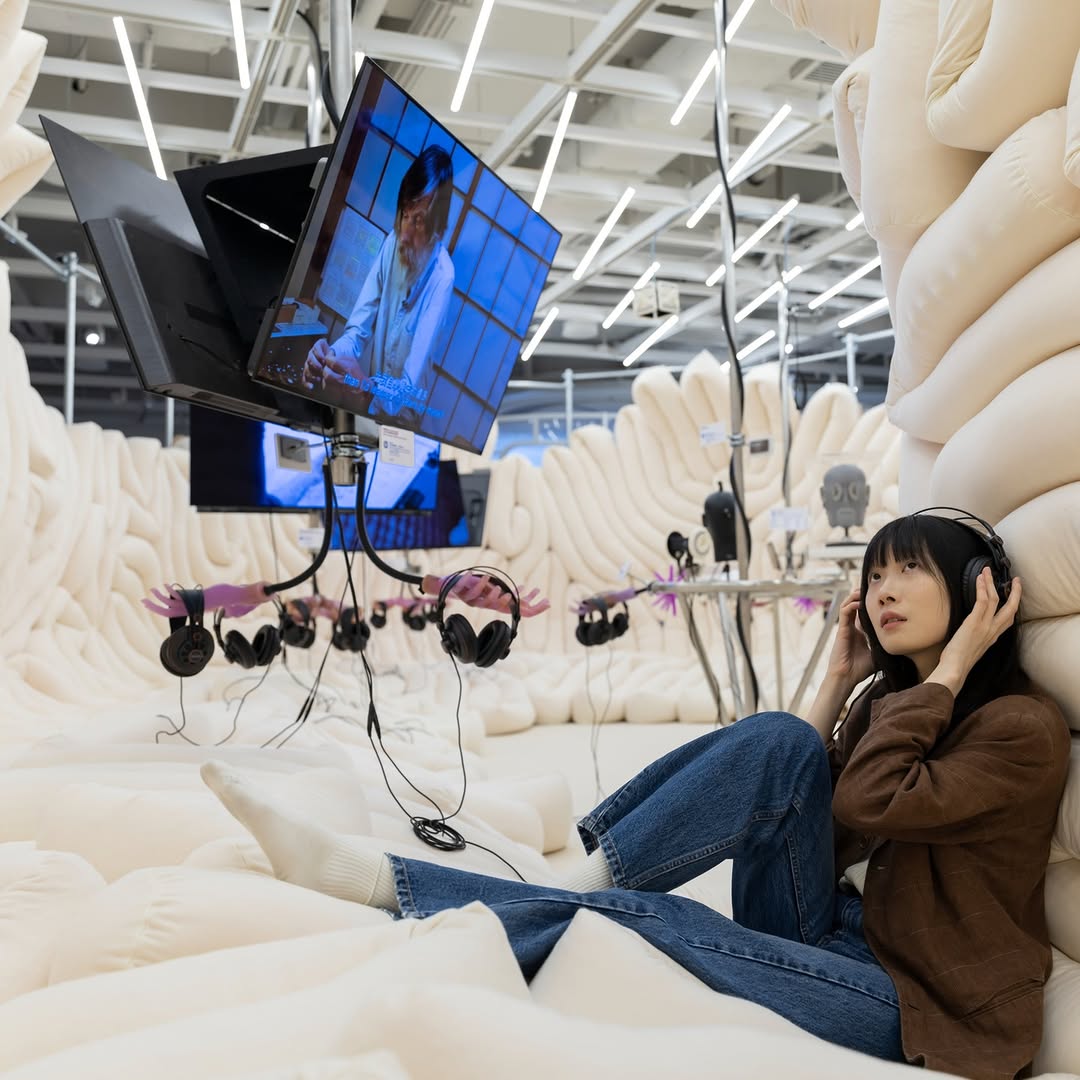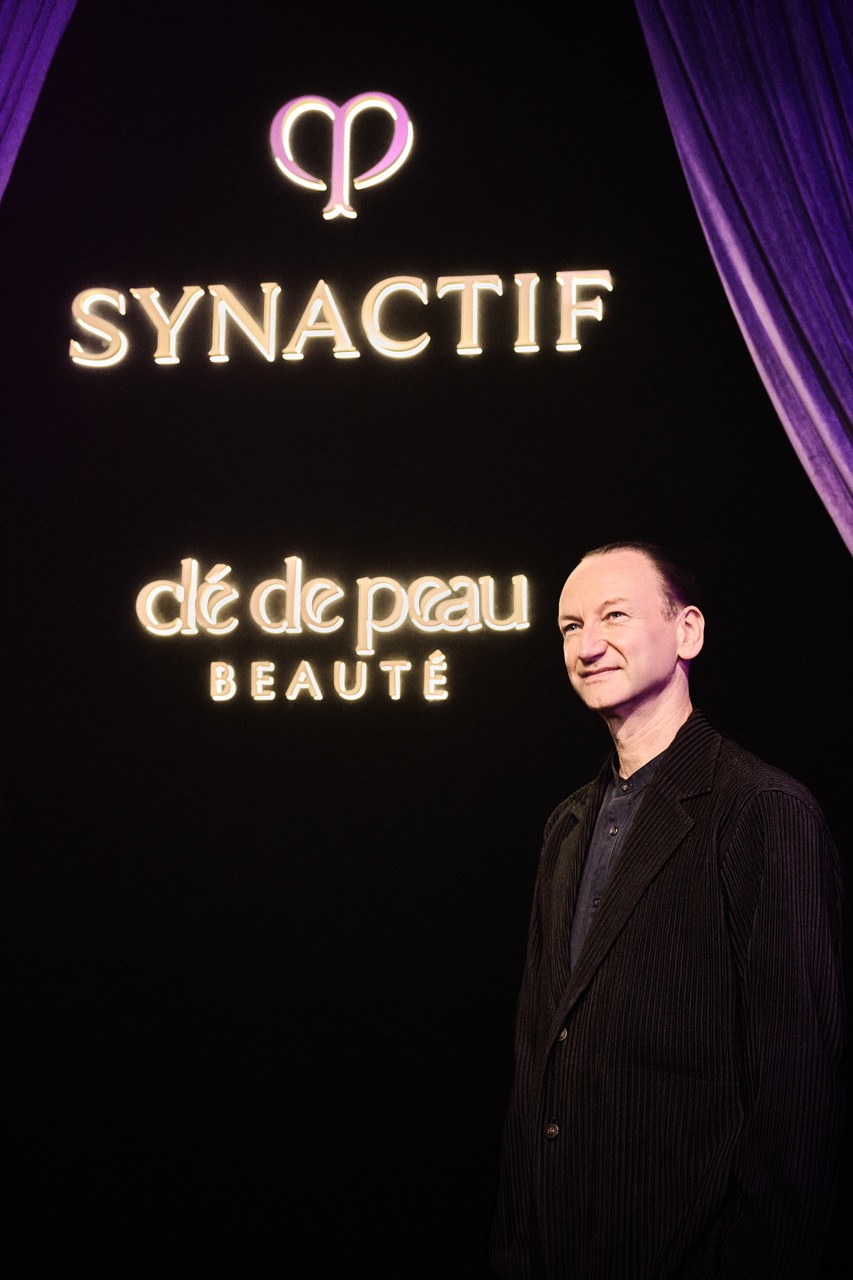Brendan Fitzpatrick adores art history, speaking eloquently in his light-filled warehouse studio in Wong Chuk Hang that overlooks an elaborate graveyard, about the likes of Rembrandt, John Singer Sergent, Francis Bacon and Robert Mapplethorpe. But as a Chinese-Welsh portrait painter, who has recently moved from London to Hong Kong — trading one urban metropolis for another — he takes from the canon what he wants, fuelled instead by his experiences in those contemporary locations. “I feel like this embrace of figurative art and paint extends and is timeless,” he says. “There are many artists that loved and appreciated fantastic artists from the past. I’m just trying to find my own way of doing the same thing.”
He’s not subverting classical styles – the influence of the Baroque and the Renaissance are obvious in his paintings hung salon-style around the room. His darker, mirkier compositions are inspired by the period he spent in Florence, studying and later teaching at the Charles H. Cecil Studios, “looking at Italian artists in the Uffizi or in churches lit by candles and stained with tallow.” But Fitzpatrick’s subjects are modern and depict the anxieties of today. There are compositions that nod to the pandemic — in a self-portrait on the wall he wears a mask, while another painting of a girl looking through a white blind encapsulates the longing for the outdoors during lockdown.
“Portraits really took my fancy when I realised there was an emotional connection and a narrative that you could convey through them,” the artist says. “The Dutch painters were good at that,” he adds. “They rarely painted smiling, fake personalities that were completely untroubled by the elements in their lives. The human experience isn’t exactly the 10/10 journey that we would all love. It isn’t one never ending organism and then death. It’s filled with nuance and fantastic character development. I think art should be the same.”
Fitzpatrick paints from life with the conversations with his sitters helping him to build a visual representation of them. “What I’m trying to convey in the portrait tends to be something that is emotional, it tends to be what is ticking behind that face of theirs.” The portrait ends up becoming a culmination of all the sittings.
This is something that can’t be captured in a photograph, which shows a fleeting moment. A portrait is a compilation of many instances, whether that be days, months or sometimes even years. It’s layered — there are the glints in eyes, wetness on lips and the blush in the cheeks and ears. There are some craft elements to this, he says – an understanding of bone structure, lighting and being able to manoeuvre the subject in a way that is flattering or creates drama, “having full creative control over what it is that I’m producing is very important to me.”
It’s something that extends to his life. “I try to manufacture my life so I can stay at arms length from how society wants me to act as much as possible. There’s so much that I want to curate because I don’t like the common experience that we’re all meant to have. I think people are so ready to accept the norm, when actually we all have different tastes and we all should be able to make choices in this matter.” Fitzpatrick tries to separate himself from the overstimulated society in which we live, which he believes allows him to appreciate the world, to stay observant and relay the visual information onto canvas.
The artist attended both Central Saint Martins and the Royal Drawing School in London, before further training in Italy. He spent a year living and working in London in 2019, where he honed his ability to run his own studio in a way that was “professional and not completely bohemian.” There, he was working in a 1920s purpose built artist studio, which is where he lived and painted. Staring late into the night at paintings that he wasn’t satisfied with made him realise the necessity of separating his home life from his work. Now, he lives in Wan Chai, near to the place his mother grew up with her nine siblings.
“The journey I’m on this year is combining the contemporary taste and palettes, ideas and design with the timeless tradition that I have studied and trained under.” The aim is to put on a solo show at the end of this year, or next — whenever people are able to be invited out to do things together en masse.
Editor
Emma RussellCredit
Lead Image: Jake S. Thomas











